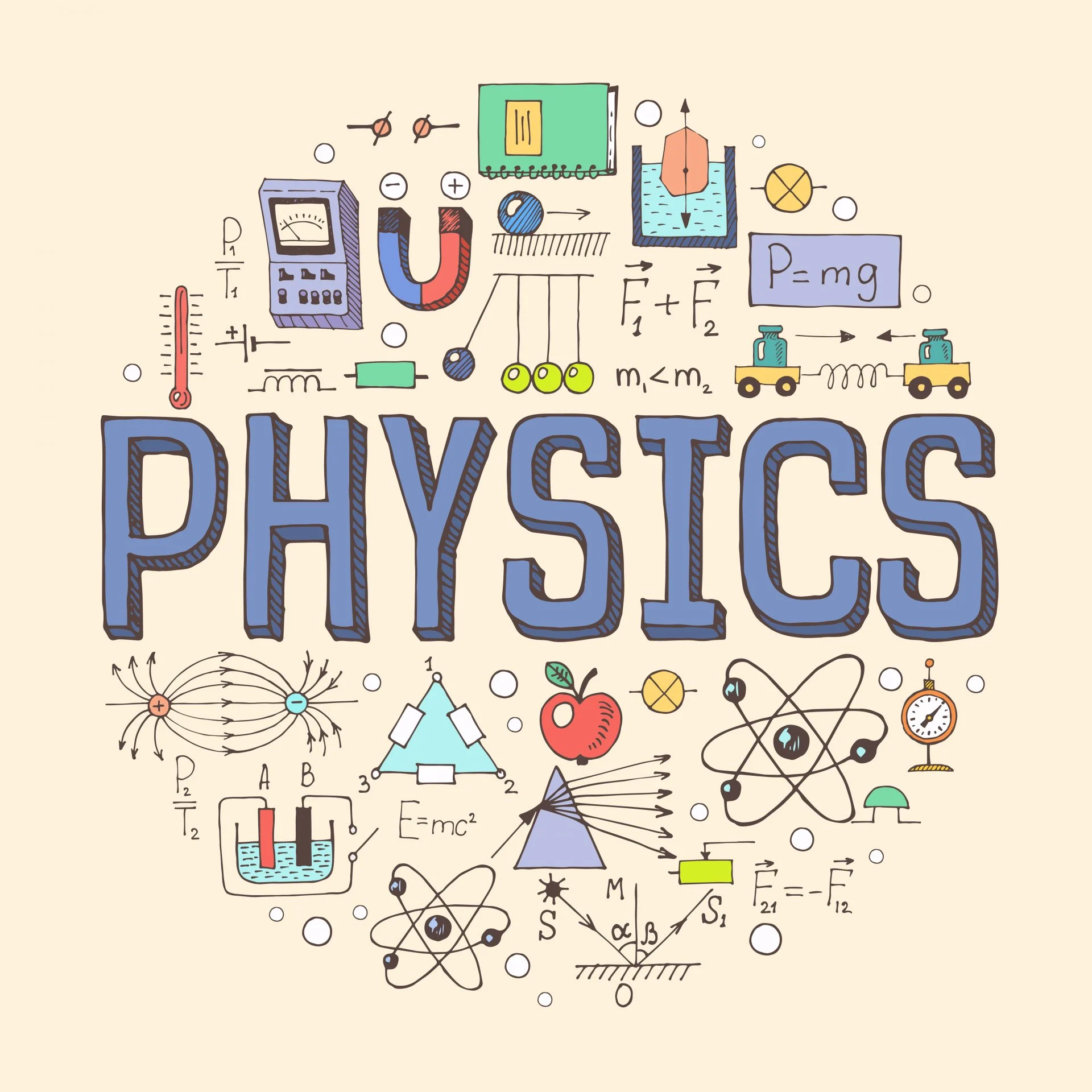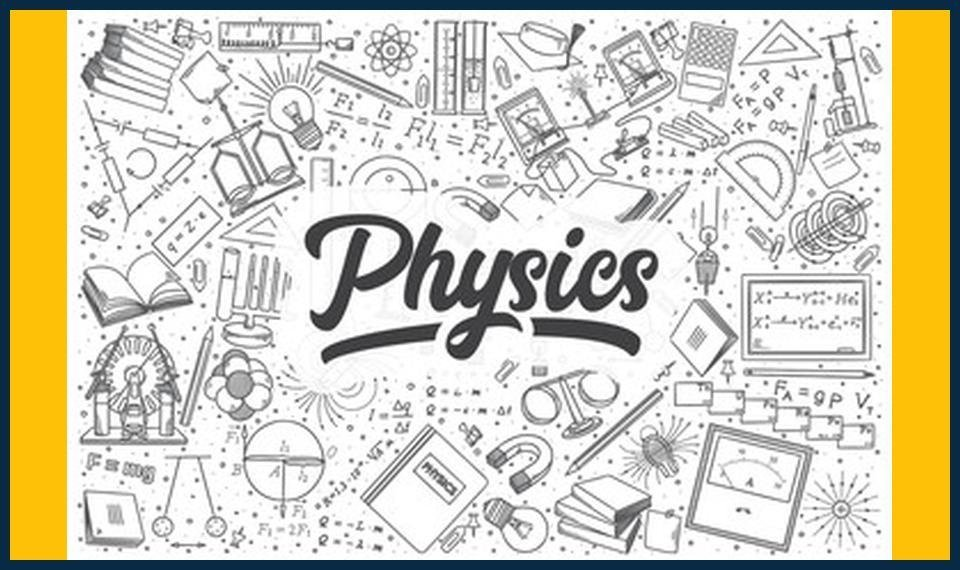![]()
Hey there, students, parents, tutors, and teachers! 🙋♀️👋
Embark on a fascinating journey as we delve into the world of light and the electromagnetic spectrum – a captivating topic that’s essential for your GCSE Physics studies 🎓!
Why is it so important? 🤔
Understanding light and the electromagnetic spectrum is the cornerstone of many scientific fields, from astronomy to telecommunications. It will equip you with the knowledge necessary for academic success and help you develop a deeper appreciation for the universe around us.
So, let’s get started! 🚀
What exactly is the electromagnetic spectrum? 🌈
The electromagnetic spectrum is a continuous range of electromagnetic waves, each having different frequencies, wavelengths, and energies. From the longest radio waves to the shortest gamma rays, this spectrum is our visual guide to the invisible world of electromagnetic radiation.
Now, let’s talk about light. 💡
Light, a form of electromagnetic radiation, is what we can see with our eyes. It has a wavelength ranging from about 400 nanometres (violet light) to 700 nanometres (red light). The electromagnetic spectrum extends far beyond these visible wavelengths, encompassing X-rays, microwaves, and more.
But, what about the rainbow? 🌈
The colours of the rainbow represent the different wavelengths of visible light. When white light passes through a prism, it spreads out into a spectrum of colours due to a process called dispersion. This is a beautiful, natural demonstration of the electromagnetic spectrum!
Practical Tips for Mastering Light and the Electromagnetic Spectrum 🎯
- Use real-life examples: Connect theory with everyday experiences, such as the way a prism splits white light into a spectrum or how X-rays are used in medical imaging.
- Practice problems: Reinforce your understanding by working through practice problems, focusing on topics like the Doppler effect, diffraction, and interference of light waves.
- Collaborate with others: Join study groups, discuss with peers, or work with a tutor to deepen your understanding and clarify any doubts.
- Stay organised: Use a study planner to create a schedule for your GCSE Physics studies, allocating time for each topic, including light and the electromagnetic spectrum.
FAQs ❓
- 📚 What resources can help me better understand light and the electromagnetic spectrum?
A. Textbooks, online study guides, and educational videos can provide valuable insights. Websites like Khan Academy, BBC Bitesize, and the Institute of Physics offer free resources.
- 🧑🏫 Is tutoring beneficial for GCSE Physics?
A. Absolutely! A tutor can provide personalised support, help clarify difficult concepts, and offer additional practice problems to reinforce understanding.
- 🕰️ How can I manage my study time effectively?
A. Prioritise tasks, break study sessions into shorter periods, and take regular breaks to maintain focus and reduce fatigue.
- 🤔 How does the understanding of light and the electromagnetic spectrum benefit me in the long term?
A. Mastering this topic will lay a strong foundation for further studies in physics, engineering, and related fields, as well as inspire curiosity about the world around us.
- 🤓 What are some interesting facts about the electromagnetic spectrum?
A. The electromagnetic spectrum is infinite, extending far beyond the visible light that we can see. X-rays, for example, have wavelengths shorter than violet light. Additionally, radio waves have longer wavelengths than red light.




